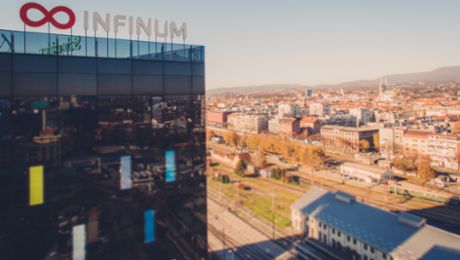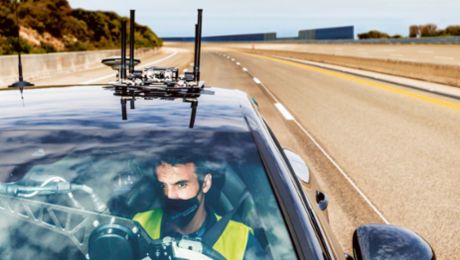Planning, organizing, and running virtual meetings can be both a challenging and rewarding experience. When they are done well, meetings can be a powerful tool for innovation and change. At their best, they leave everyone involved feeling inspired, motivated, and accomplished. At their worst, however, they can waste time and cause exhaustion, leaving people frustrated and disengaged. My colleagues at Porsche Consulting have already set great key rules for high-performance meetings.
In addition, there is always a personal perspective to an agile meeting culture: What makes a meeting engaging and productive? And how can meetings maintain effectiveness, direction, and motivation for each type of employee?
From preparing ahead of time to selecting the right participants and keeping the meeting on target to setting goals at the end of each meeting, there are manifold ways to look at meeting culture. To be precise, agile meeting culture offers a wide variety of suitable formats for different exchange and coordination opportunities — for example retrospectives — thus inspiring better meetings. My job: to ensure that these formats are used efficiently.

As someone with a background in education, and as someone who loves working with people, I am very much interested in finding ways to make collaboration and communication more effective and fun. I am also fascinated by how people tick, what motivates them, and how they can achieve their goals, both as individuals and as team. As such, contributing to cultivating an agile meeting culture at Porsche has been both a passion and a mission for me since my arrival.
Switching from in-person meetings to remote-only
When in-person meetings were put on hold and remote work became mandatory last year, the Porsche teams rose to the challenge and quickly adapted to new ways of working. In addition to previous experience with remote work, the teams’ commitment to agile values and principles helped them to persevere and continue their work from their homes.
As the pandemic has progressed, we have come to understand that virtual meetings cannot replace in-person interaction. They are an invaluable tool to drive alignment, make informed decisions, and build strong relationships with our teams. In order to avoid meeting overload, we have made a conscious effort to make our meetings shorter, more focused and purpose-driven. Moreover, we have cultivated an agile meeting culture that mirrors our values and our convictions. This culture is built upon mutual trust and respect and drives our individual and collective behavior.
People are at the center of everything we do
Crucially, people remain at the center of everything that we do. In other words, meetings are not about the technology we use but rather about the people in the meeting. Along those lines, an important point is often overlooked: being human is not a weakness. In other words, it is okay to make mistakes, it is okay to be who you are, and it is okay to laugh and have fun.
But how does this translate to our meetings and our daily routines? As a moderator, I always try to focus on dialogue and interactions and make sure everyone gets the chance to contribute to the discussion. I also encourage participants to turn on their video to make meetings more personal and keep everyone engaged. An easy way to spice up a meeting is to include little games or surveys that get everyone involved. Moreover, by structuring the meeting and sending agendas beforehand, I make sure everyone involved knows the purpose of the meeting. As you can see, I do not only pay attention to structure and time keeping, but also “guide” the members to ensure that the scope is adhered to and that the meetings are not used for other purposes.
Last but not least, I promote the art of active listening and encourage colleagues to avoid the “yes, but” approach. We are convinced that an open, positive, and collaborative environment is crucial for our success. However, adopting a positive approach does not mean we neglect feedback or avoid criticism. On the contrary, unbiased feedback and honesty are imperative to us. At some point, everyone needs guidance and support. And everyone benefits from honest and well-intentioned communication.
Feedback is an opportunity to learn and grow!




